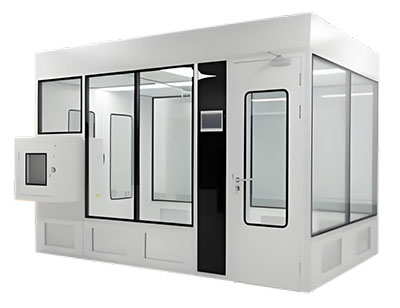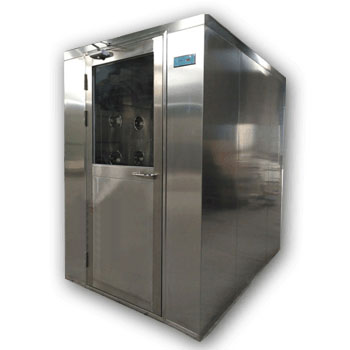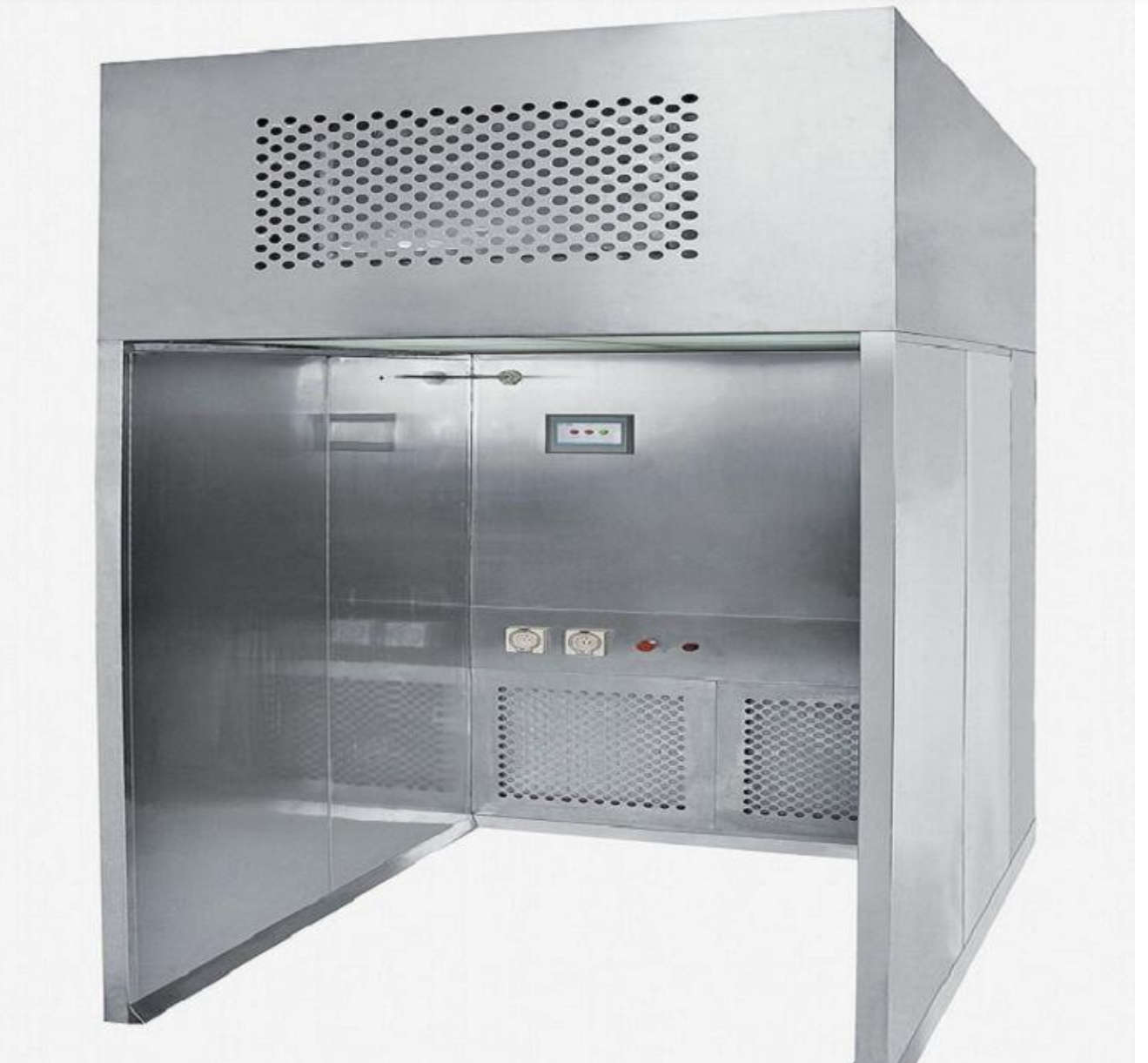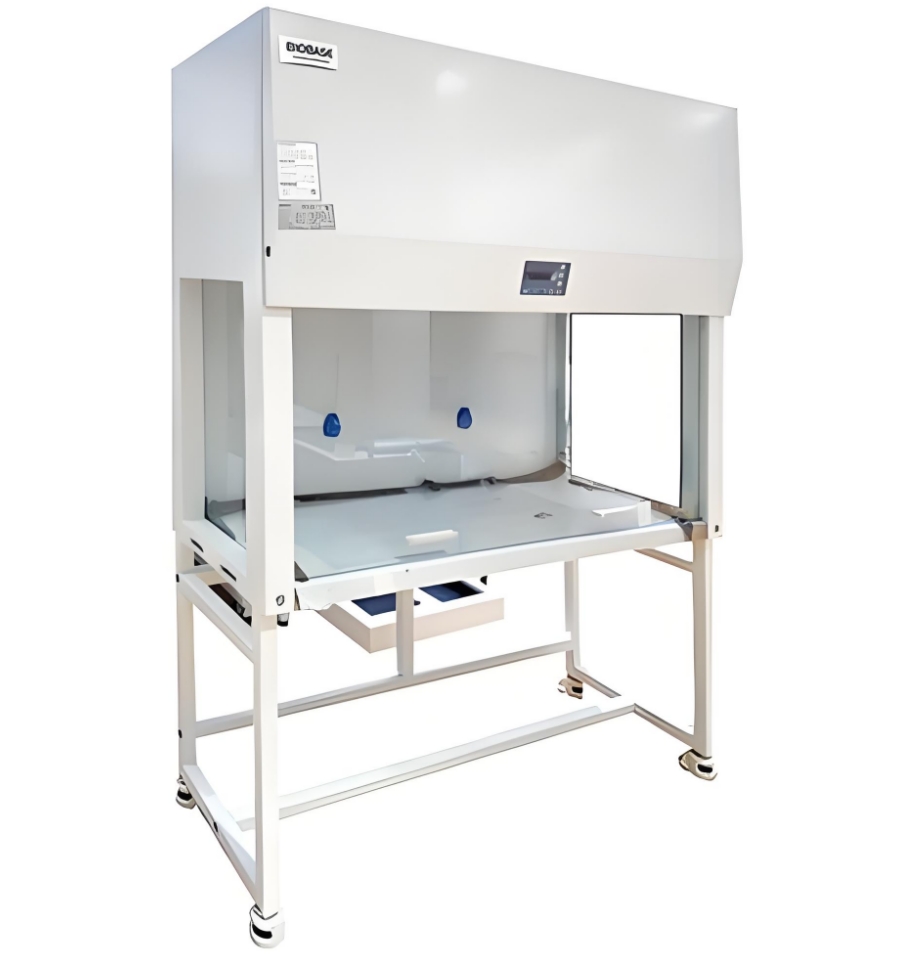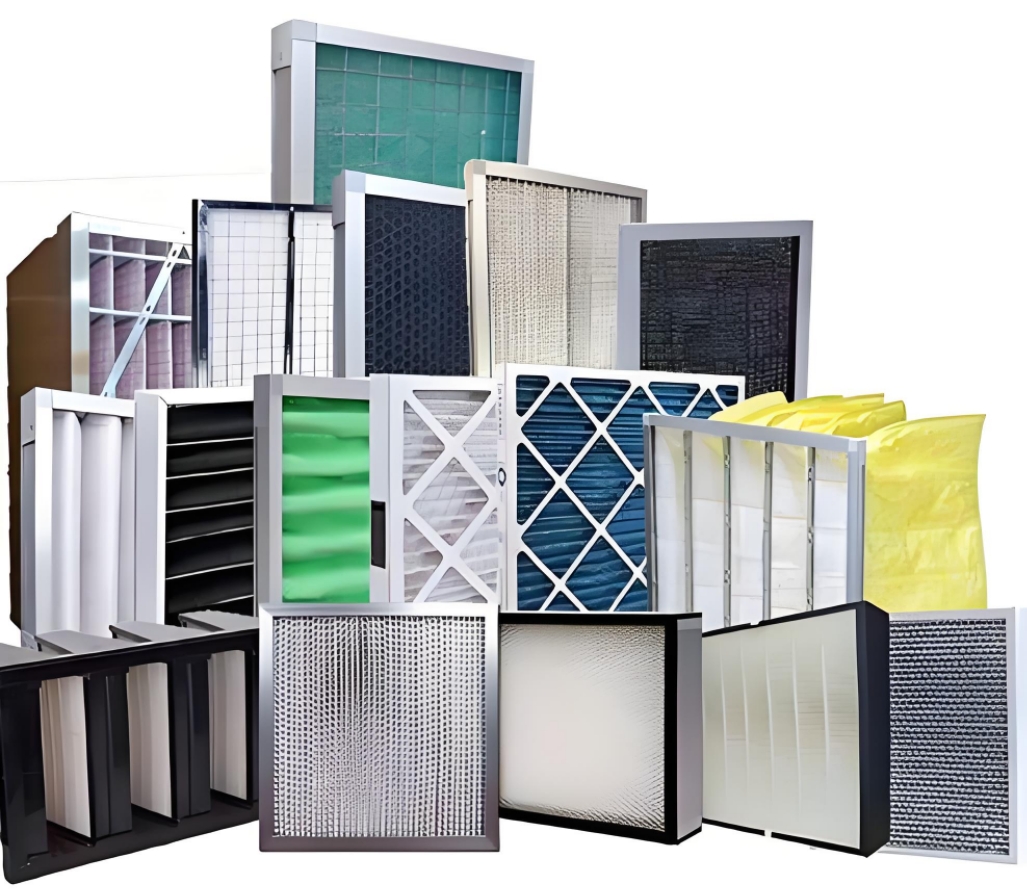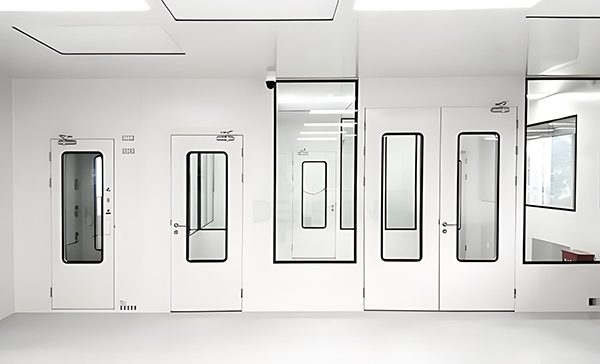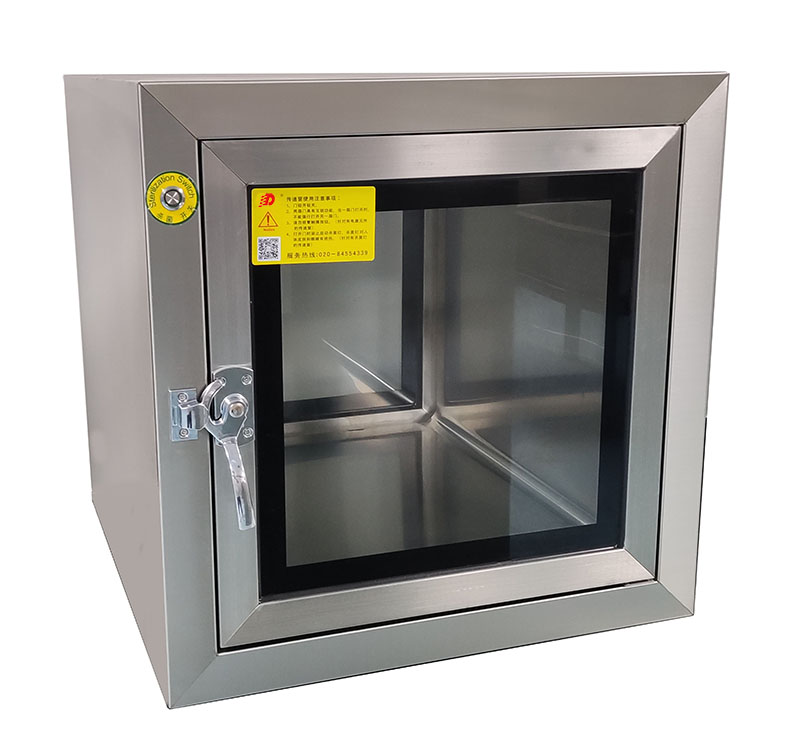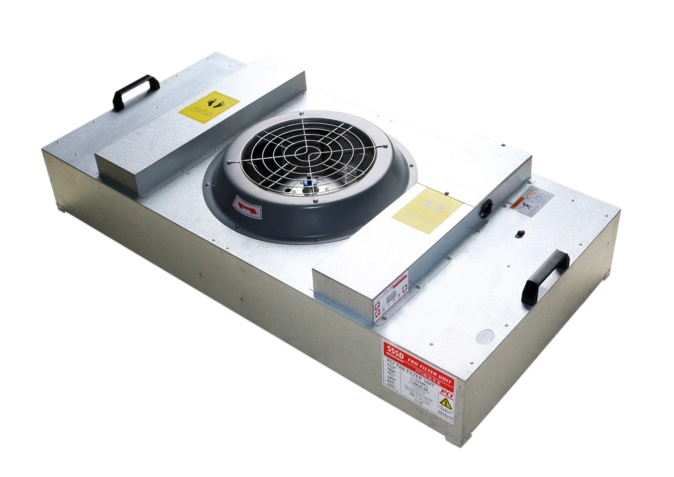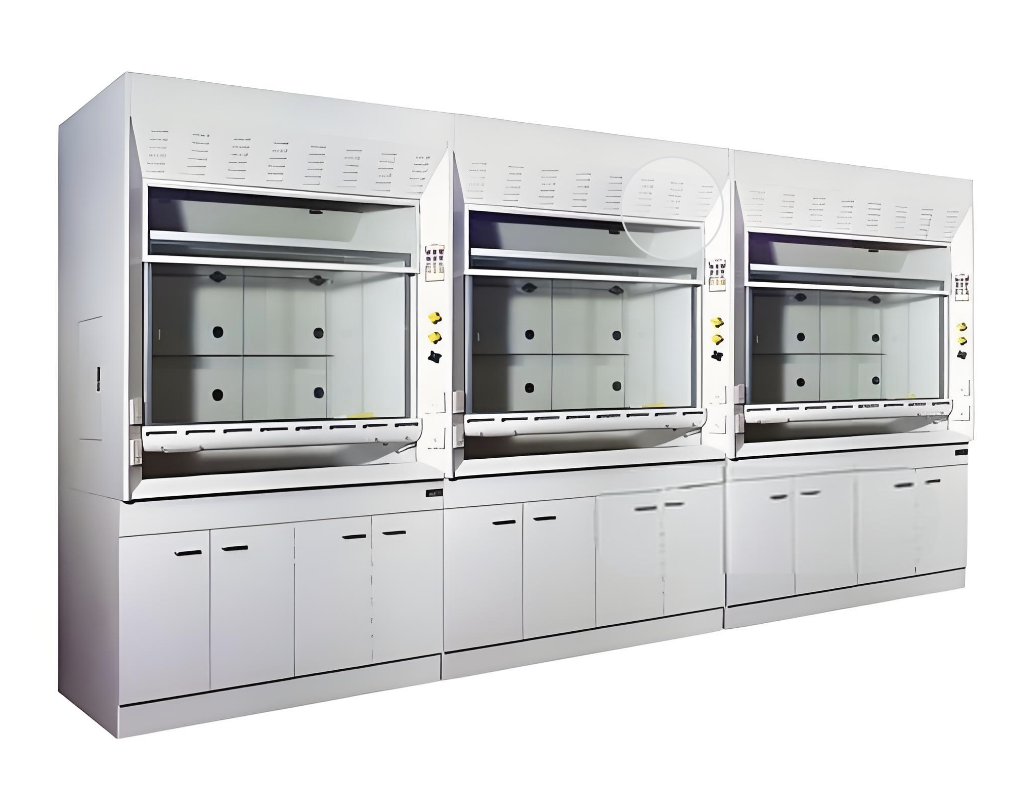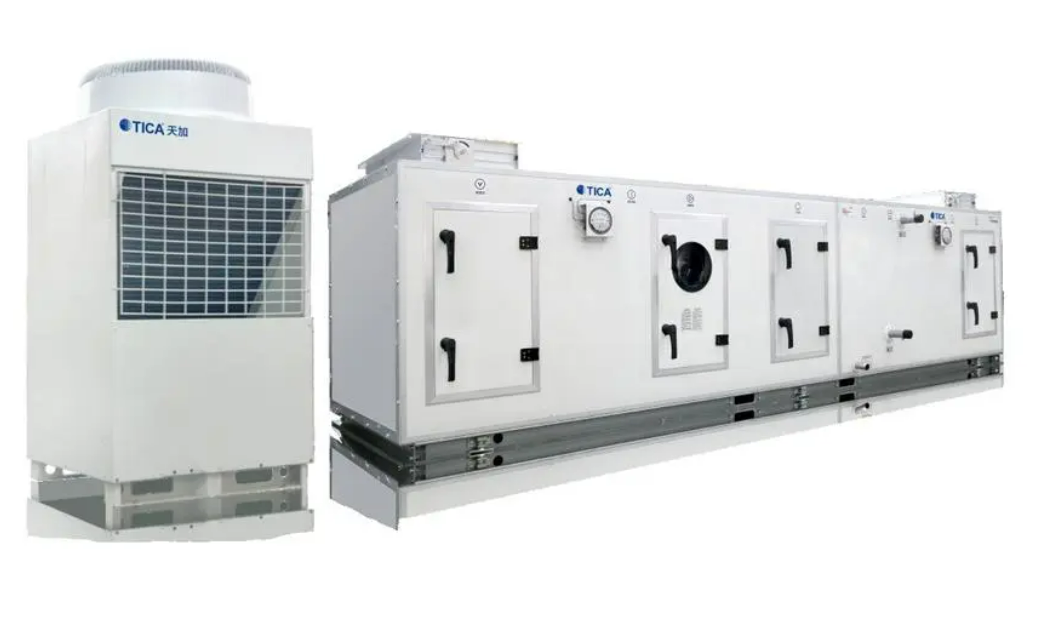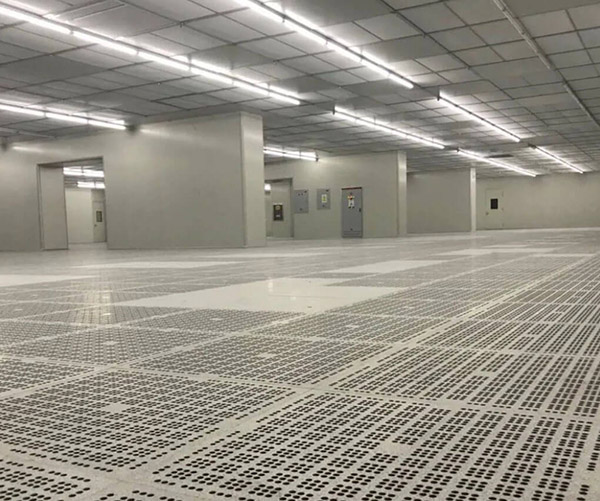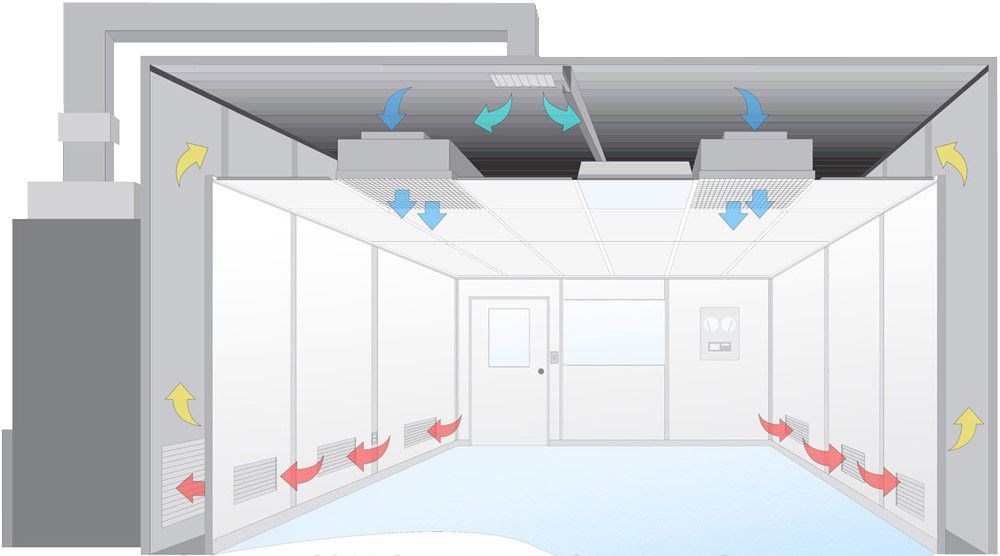Does it get hot in A CleanRoom?
In the design and utilization of clean rooms and Cleanrooms, clean rooms are widely used in the pharmaceutical, Electronics, and optical industries as a localized high cleanliness level structured environment. With the strict requirements of temperature and cleanliness in these environments, the issue of temperature control in the clean room has gradually received attention. In this paper, we will analyze the structural design of the clean shed, air circulation and temperature control factors in detail.
Clean room air circulation principle
I, the structural design of the clean shed
Clean shed is designed to provide a high degree of cleanliness of the local structure of the environment, usually installed in the modular clean room or clean workshop and other buildings. Its main purpose is to significantly improve the cleanliness level in a particular work area to meet the needs of different industrial sectors.
The structural design of A Clean Room not only takes into account the improvement of cleanliness, but also air flow, temperature control and other factors to ensure that a comfortable and efficient working environment is provided during operation. Therefore, understanding the air flow and temperature control mechanism of the clean room is essential to determine whether the internal environment will feel hot and stuffy.
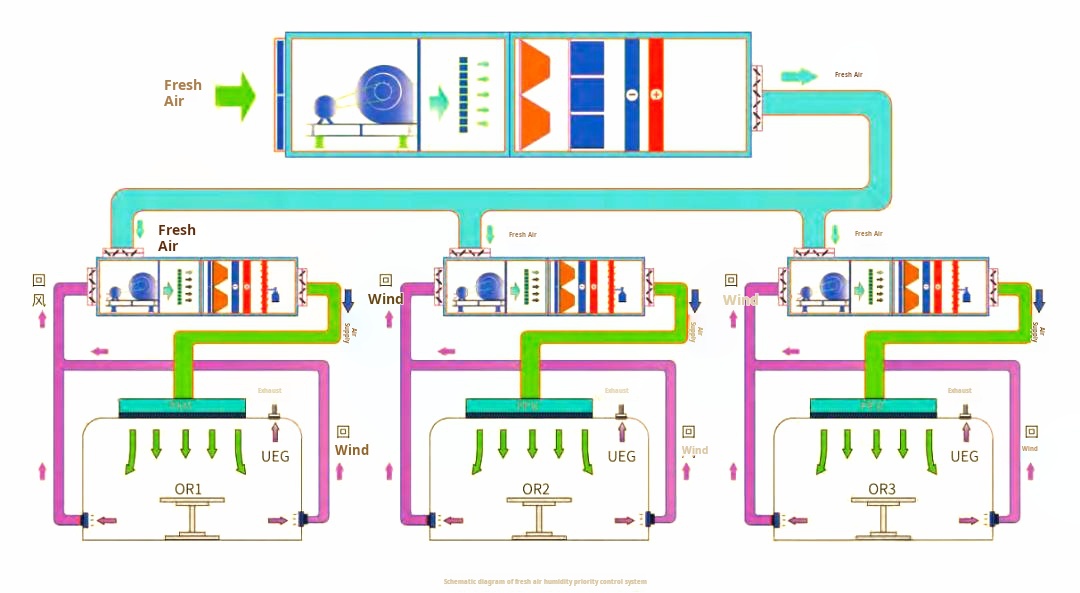
Schematic diagram of clean shed structure design
II, the clean room air circulation
Clean room air circulation is mainly divided into external circulation and internal circulation of two kinds.
- External circulation: About 90% of the clean shed using external circulation of air flow. This way through the introduction of external fresh air, and after high efficiency filtration into the clean shed, the formation of good air convection. Since the temperature of the externally circulated air depends on the surrounding environment, it is usually not hot inside the clean room at the right temperature. In addition, the external circulation not only facilitates temperature control, but also effectively reduces the concentration of pollutants inside and maintains a good working environment.
- Internal circulation: About 10% of clean rooms use internal circulation for purification. In this mode, the air inside the clean room is mainly regulated and circulated through its own Air conditioning system. Therefore, the setting of the internal air-conditioning system is essential to ensure a comfortable working environment. If the air conditioning is not reasonably configured, it may lead to localized temperature increases, making the staff feel uncomfortable.
External Circulation
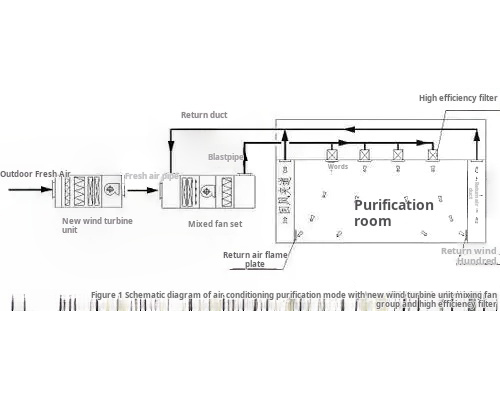
Fresh air introduction and filtration process
Internal Circulation
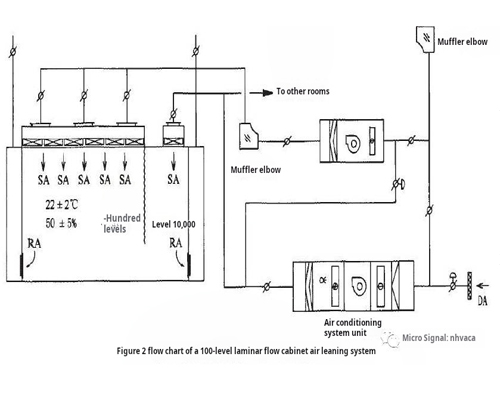
Air conditioning system circulation diagram
III, the Clean room temperature depends on which factors
Clean shed temperature is affected by a number of factors, including the following aspects:
| Factor | Description |
|---|---|
| External ambient temperature | Clean shed where the ambient temperature is the primary factor affecting its internal temperature. Temperature changes within the clean room, clean plant or building will directly affect the air temperature inside the clean shed. |
| Setting of internal air-conditioning system | For the clean room with internal circulation, the setting temperature of the internal air-conditioning system directly determines the comfort level of the clean room. Reasonable air-conditioning settings can ensure appropriate temperature and good air flow. |
Conclusion
The temperature inside a clean room cannot be generalized, and whether it feels hot or not depends mainly on the air circulation method of the clean room and the temperature of the internal and external environment. Most cleanrooms with external circulation are able to maintain relatively comfortable temperatures, while those with internal circulation rely on an effective air conditioning system to ensure a good working environment. Therefore, these factors should be taken into account in the design and use of clean rooms to ensure staff comfort and work efficiency.
Key Takeaways
- External circulation (90%) relies on fresh air filtration, usually maintaining comfortable temperatures
- Internal circulation (10%) depends on air conditioning system configuration to avoid overheating
- Environmental temperature and air conditioning settings are critical factors for Cleanroom temperature control
 +86 18186671616
+86 18186671616 Jason@cleanroomequips.com
Jason@cleanroomequips.com
 MENU
MENU

